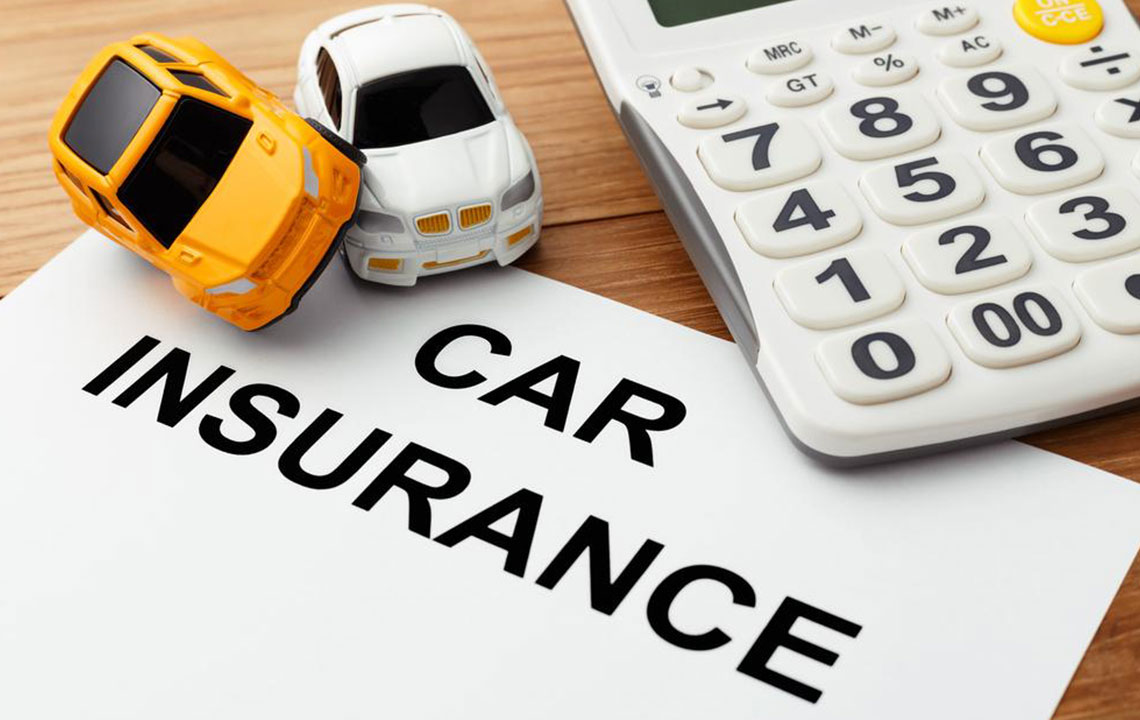Ultimate Guide to Classic Car Insurance: Coverage Types and Policy Options
This comprehensive guide explores various classic car insurance policies, coverage options, and classifications. Learn how to protect your vintage or antique vehicle effectively, understand key terms, and choose the right coverage to suit your needs. Essential reading for vintage car collectors seeking reliable and specialized insurance options.

Comprehensive Insights into Classic Car Insurance Policies and Coverage Plans
Owning a classic or vintage car is more than just a hobby; it’s a passion that requires specialized insurance coverage to ensure your prized possession is protected. Classic car insurance provides tailored policies designed specifically for collectible, vintage, and antique vehicles. Unlike standard auto insurance, these policies account for the unique value, condition, and use of classic cars. Whether you own a meticulously restored model from the early 20th century or a well-preserved vintage car from the mid-1900s, understanding the different insurance options is crucial for optimal protection and peace of mind.
When it comes to insuring a classic vehicle, the core concept revolves around agreeing on a value that accurately reflects the car’s worth, based on industry-accepted valuation guidelines. This mutually agreed-upon value helps in setting the coverage limits and ensures that in case of a claim, the payout reflects the true market worth of your vehicle. Vehicles that are maintained in pristine condition, restored to their original specifications, or even enhanced with modifications are considered for higher coverage limits because of their increased value and rarity.
Insurance providers typically categorize classic car coverage based on multiple factors, including the age and condition of the vehicle. However, specific definitions and classifications can vary widely among insurers, regions, and local regulations. Generally, a vehicle’s classification as a classic, antique, or collector car influences the kind of coverage and pricing you can expect. Understanding these distinctions ensures that you select the most appropriate policy for your car.
Notably, the terms "classic" and "collector" are often used interchangeably in the insurance industry, but subtle differences exist based on context and regional standards. Below are some of the most common classifications:
Classic Car Insurance
This type of coverage typically applies to vehicles that are between 20 and 25 years old, which are usually well-maintained or have undergone restoration to preserve their original condition. Classic cars often include models manufactured between 1925 and 1950, representing a significant era of automotive history.
Antique Car Insurance
Generally reserved for vehicles older than 25 or 45 years, depending on the jurisdiction. The formal classification as an antique is often based on age, but also considers the vehicle’s condition, rarity, and historical significance. Many regions, such as those adhering to the Antique Automobile Club of America standards, define antiques as cars that are at least 45 years old and still in good functional condition.
Modified Car Insurance
Modifications can range from aesthetic upgrades to performance enhancements. When modifications extend beyond factory specifications—such as engine swaps, bodywork alterations, or custom interiors—these vehicles may face different insurance considerations. Many insurers exclude heavily modified vehicles from standard collector coverage but may offer specialized policies if modifications are documented and align with safety standards.
Collector Car Insurance
This comprehensive coverage generally offers 12-month policies that include a variety of protections such as liability, comprehensive, collision, uninsured motorist protection, and medical payments. Collector car policies are tailored to meet the needs of owners who use their vehicles for shows, exhibitions, or limited recreational driving, emphasizing valuation and specialized coverage options.
Coverage options available for classic, antique, and collector cars often include:
Roadside Assistance: Service such as towing with flatbed trucks designed to prevent damage during transportation, which is particularly critical for vintage vehicles that may be more fragile.
Event Medical Coverage: Reimbursement or coverage for injuries sustained during car shows or exhibitions, providing protection beyond standard homeowner or auto policies.
Spare Parts Coverage: Protects against theft or damage to critical spare parts, which are often hard to replace and expensive, based on an agreed-upon value.
Ultimately, selecting the right classic car insurance policy hinges on understanding these coverage options and working with an experienced insurer familiar with vintage vehicle requirements. An appropriately tailored policy ensures your classic car remains protected, whether it’s stored in your garage or showcased at events, and provides peace of mind knowing that your investment is safeguarded against unforeseen circumstances.




